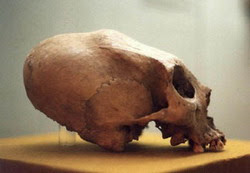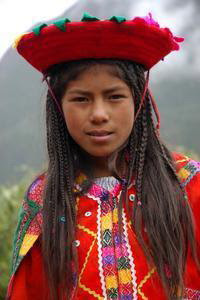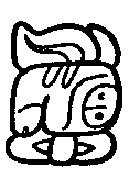 Both at a Maya, and at Aztecs of the woman have been subordinated to men. In addition, they should conduct a decent way of life and correspond to high standards of morals. The majority of them did not take part in a political and religious life of a society. However unlike Aztecs, women a Maya participated in religious practices. The goddess of the moon occupied one of the central places in a pantheon as thanking her relations with other gods on light there were people a Maya. From her leaders and governors of this civilisation conducted the parentage.
Both at a Maya, and at Aztecs of the woman have been subordinated to men. In addition, they should conduct a decent way of life and correspond to high standards of morals. The majority of them did not take part in a political and religious life of a society. However unlike Aztecs, women a Maya participated in religious practices. The goddess of the moon occupied one of the central places in a pantheon as thanking her relations with other gods on light there were people a Maya. From her leaders and governors of this civilisation conducted the parentage.As to a family men and women carried out absolutely different functions. Since the childhood of girls trained in needlework and an economy on the house, and boys - to craft and military science. Girls a Maya and Aztecs married approximately in 16 years. The man was authorised to have some wives if he could provide all of them. In such cases the first wife was main, the others - the second, the third and so on.
The beauty standard
 At ancient the Maya was the special ideal of beauty differing from all other people of Central America. At them the skull long and rejected back which formed at babies by means of two plates was highly appreciated. Also slanting eyes were the integral sign of beauty. To babies specially suspended any ornament directly before eyes that at them the squint (practises to this day) has developed. At last, at offensive of a sexual maturity young men and girls changed the hairdresses, did tattoos and inserted labial earrings and ornaments.
At ancient the Maya was the special ideal of beauty differing from all other people of Central America. At them the skull long and rejected back which formed at babies by means of two plates was highly appreciated. Also slanting eyes were the integral sign of beauty. To babies specially suspended any ornament directly before eyes that at them the squint (practises to this day) has developed. At last, at offensive of a sexual maturity young men and girls changed the hairdresses, did tattoos and inserted labial earrings and ornaments.At an Inca polygamy too was not forbidden, but is far not all men were capable to contain more than one family. In culture an Inca where girls usually married in 12-14 years, existed, so-called, «trial marriages». The pair agreed about joint residing within several years. On the efflux of this term the girl could return again to parents or at the desire, or at will of the man who did not see from her the further home life. However, if marriage has been concluded, a unique occasion to divorce - childlessness of the woman.
 Girls an Inca practically always married young men of the class. Nevertheless, there were cases when it was possible to them to raise the social status, having concluded marriage with the man from society. But for this purpose they had to make the larger efforts. The beautiful girl also could become «the Daughter of the sun», the concubine at a court yard. If her chose, after the first night with the governor she became or its next mistress, or came back home with rather generous gifts. The beautiful and pure (!) girl could become «the Virgin of the sun». Basically she sewed clothes for the governor and his wife.
Girls an Inca practically always married young men of the class. Nevertheless, there were cases when it was possible to them to raise the social status, having concluded marriage with the man from society. But for this purpose they had to make the larger efforts. The beautiful girl also could become «the Daughter of the sun», the concubine at a court yard. If her chose, after the first night with the governor she became or its next mistress, or came back home with rather generous gifts. The beautiful and pure (!) girl could become «the Virgin of the sun». Basically she sewed clothes for the governor and his wife.Incas did not survey wedding as a certain happy event, and is faster as the business agreement between two families. As soon as the woman married, she has been obliged to cook food, to be engaged in housekeeping and to bring up children. And, she should carry out all these duties to the full even at pregnancy.




